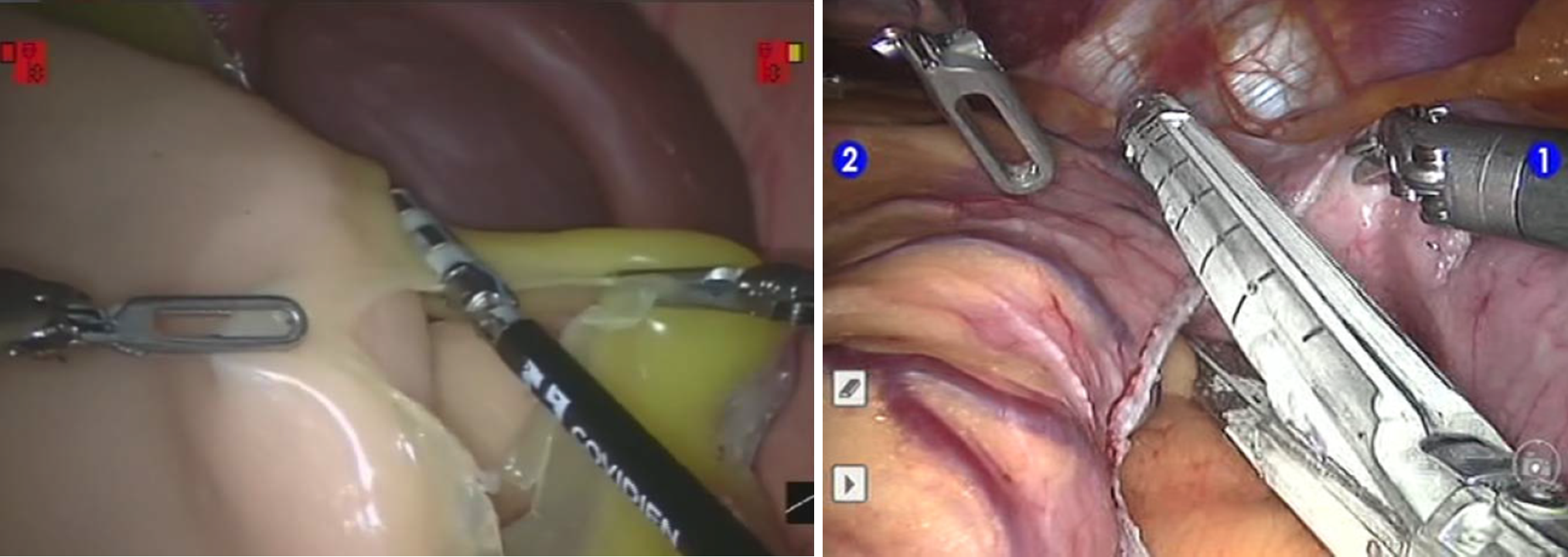Quantifying the Quality of Haptic Interfaces
Shape-Changing Haptic Interfaces
Generating Clear Vibrotactile Cues with Magnets Embedded in a Soft Finger Sheath
Salient Full-Fingertip Haptic Feedback Enabled by Wearable Electrohydraulic Actuation
Cutaneous Electrohydraulic (CUTE) Wearable Devices for Pleasant Broad-Bandwidth Haptic Cues
Modeling Finger-Touchscreen Contact during Electrovibration
Perception of Ultrasonic Friction Pulses
Vibrotactile Playback for Teaching Sensorimotor Skills in Medical Procedures
CAPT Motor: A Two-Phase Ironless Motor Structure
4D Intraoperative Surgical Perception: Anatomical Shape Reconstruction from Multiple Viewpoints
Visual-Inertial Force Estimation in Robotic Surgery
Enhancing Robotic Surgical Training
AiroTouch: Naturalistic Vibrotactile Feedback for Large-Scale Telerobotic Assembly
Optimization-Based Whole-Arm Teleoperation for Natural Human-Robot Interaction
Finger-Surface Contact Mechanics in Diverse Moisture Conditions
Computational Modeling of Finger-Surface Contact
Perceptual Integration of Contact Force Components During Tactile Stimulation
Dynamic Models and Wearable Tactile Devices for the Fingertips
Novel Designs and Rendering Algorithms for Fingertip Haptic Devices
Dimensional Reduction from 3D to 1D for Realistic Vibration Rendering
Prendo: Analyzing Human Grasping Strategies for Visually Occluded Objects
Learning Upper-Limb Exercises from Demonstrations
Minimally Invasive Surgical Training with Multimodal Feedback and Automatic Skill Evaluation
Efficient Large-Area Tactile Sensing for Robot Skin
Haptic Feedback and Autonomous Reflexes for Upper-limb Prostheses
Gait Retraining
Modeling Hand Deformations During Contact
Intraoperative AR Assistance for Robot-Assisted Minimally Invasive Surgery
Immersive VR for Phantom Limb Pain
Visual and Haptic Perception of Real Surfaces
Haptipedia
Gait Propulsion Trainer
TouchTable: A Musical Interface with Haptic Feedback for DJs
Exercise Games with Baxter
Intuitive Social-Physical Robots for Exercise
How Should Robots Hug?
Hierarchical Structure for Learning from Demonstration
Fabrication of HuggieBot 2.0: A More Huggable Robot
Learning Haptic Adjectives from Tactile Data
Feeling With Your Eyes: Visual-Haptic Surface Interaction
S-BAN
General Tactile Sensor Model
Insight: a Haptic Sensor Powered by Vision and Machine Learning
Effects of Vibrotactile Feedback on Residents Learning Robot-Assisted Surgery

The lack of haptic feedback is a potential limitation of existing robotic surgical systems. Members of Dr. Kuchenbecker's group at Penn previously invented a haptic feedback system named VerroTouch that is able to deliver the vibrations of surgical instruments to the surgeon’s hands as he or she remotely operates a laparoscopic surgical robot. To record the instrument vibrations, the system uses MEMS-based accelerometers mounted on the arms of the surgical robot.
Our recent work has shown that instrument contact vibration is a potential quantitative measure of technical surgical skill. Compared to novices, experienced surgeons complete robotic surgery tasks with significantly lower instrument vibration magnitudes, shorter completion times, and fewer instrument contacts. These vibration metrics might be a better approach to current surgical skills assessment through manual video evaluation, which is time consuming and subject to rater bias.
Our aim is to continue to study the effect of haptic feedback on surgeons during robotic surgery. In this project, we are investigating the effect of haptic feedback on intraoperative performance of residents in robot-assisted surgery. Twelve resident surgeons were included in this study; eleven of them are right-hand dominant. Residents were assigned to a series of simulation training and were randomized to receive either haptic feedback through VerroTouch or no haptic feedback (the standard operating method). The performance of these residents was then tracked as they performed robotic surgery both in simulation and on live human patients. We hypothesize that haptic feedback of instrument vibrations during robotic surgery practice will significantly improve resident skill in the operating room.
This study was conducted at the Hospital of the University of Pennsylvania, USA.
Members
Publications

